About Tallgrass Land Conservation
Tallgrass Land Conservation provides land use impact assessments and consulting, Endangered Resource Reviews, and all aspects and management of wetland mitigation banks.
Tallgrass has provided award-winning ecological restoration services to hundreds of clients and has experience creating wetland mitigation banks. We seek to identify several land parcels, develop an investment fund, and build a portfolio of wetland mitigations banks throughout the Midwest and Southeast.
Why Restore Wetlands?
Long regarded as wasteland, wetlands are now recognized as important features in the landscape that provide numerous functions and values.
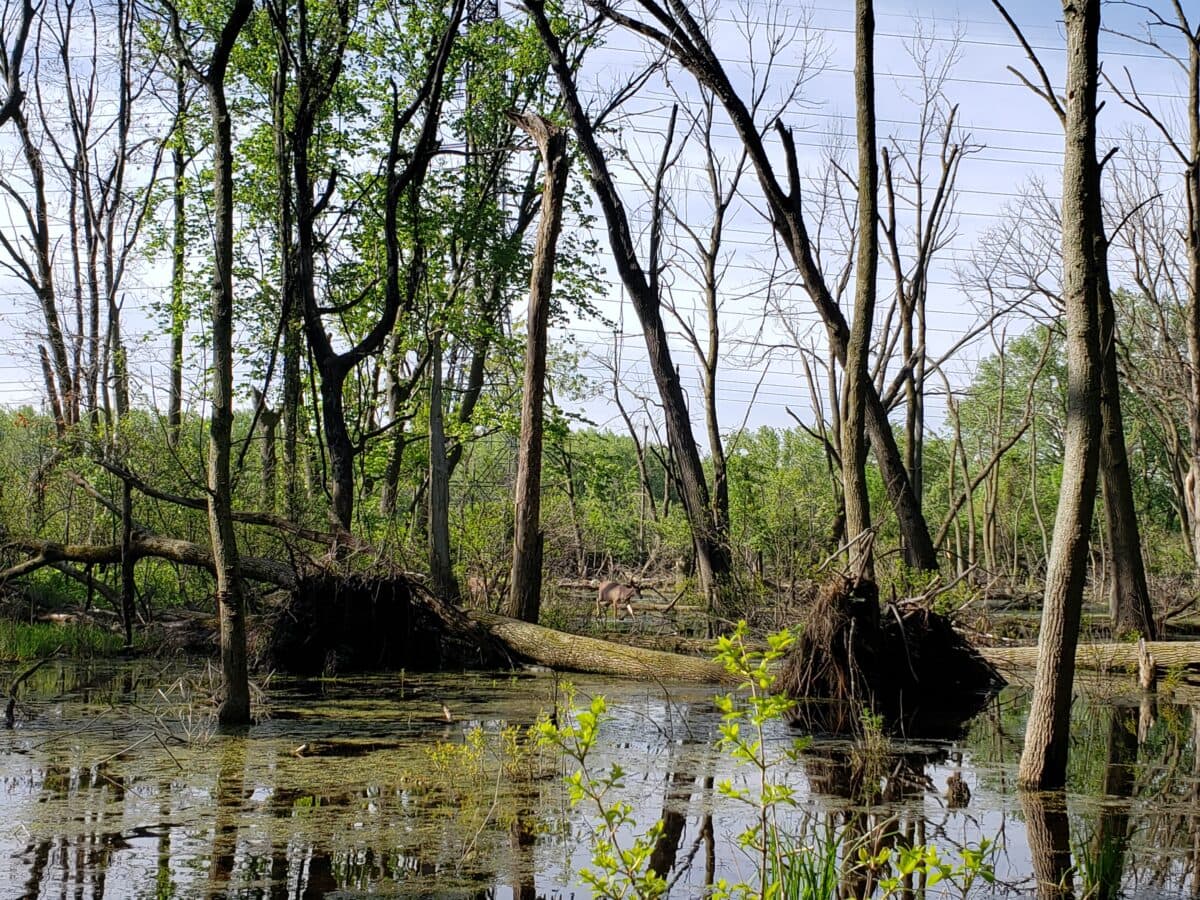
Flood Control
Wetlands function like a natural sponge, storing water and slowly releasing it. This process slows the water’s momentum, reduces erosion, reduces flood heights, and allows for ground water recharge. The ability of wetlands to store floodwaters reduces the risk of costly property damage and loss of life. The presence of wetlands in only 15 percent of a watershed can reduce flooding by as much as 60 percent. Just one acre of wetland can store 1.5 million gallons of floodwater.
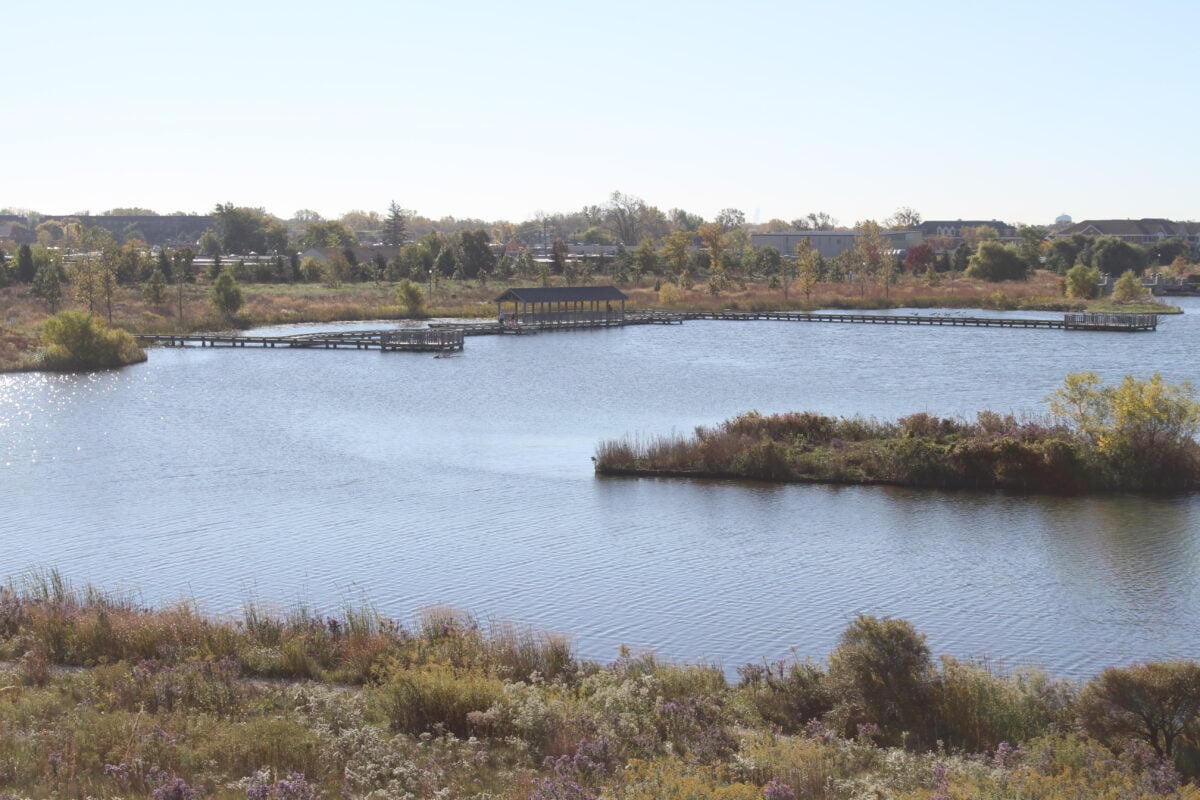
Commercial and Recreation Values
Wetlands provide opportunities for many popular recreational activities such as boating, hiking, hunting, fishing, and birdwatching. More than half of all U.S. adults hunt, fish, bird watch or photograph wildlife. These activities, which rely on wetlands, add an estimated $60 million to the national economy.
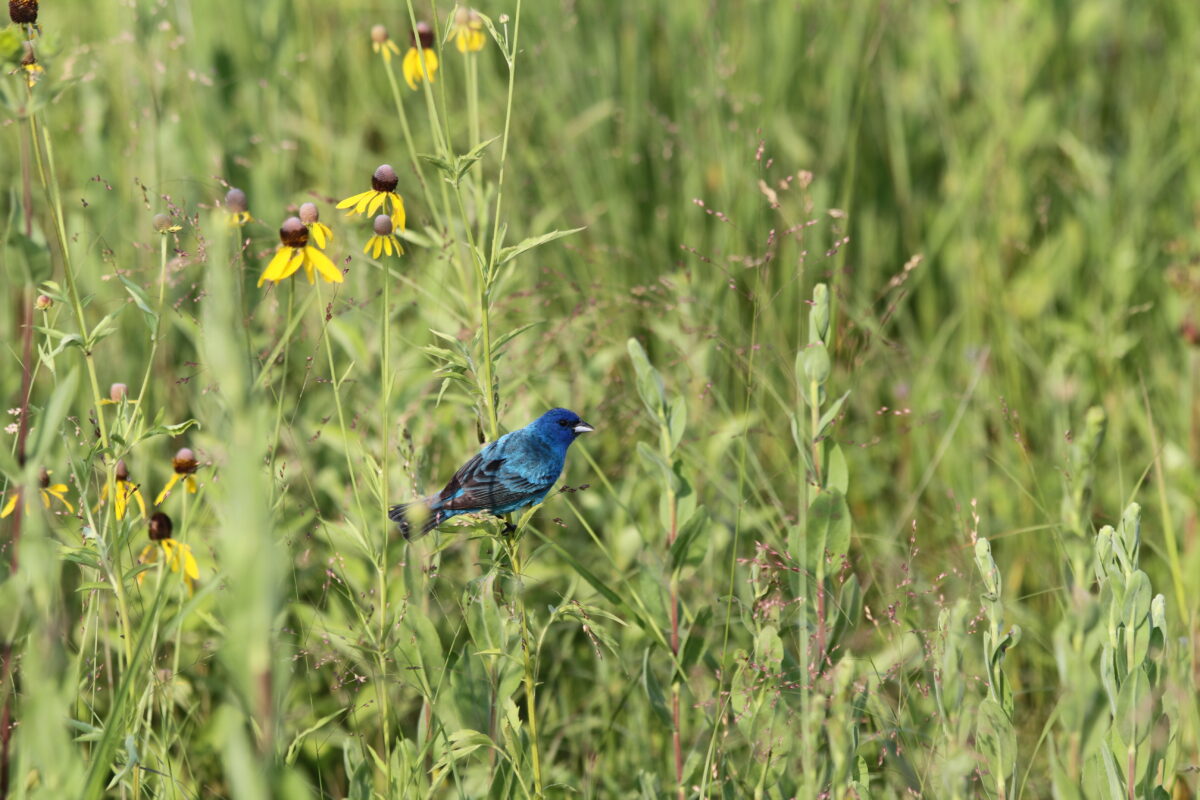
Wildlife Habitat
Wetlands support unique wildlife and vegetation. They are among the most productive natural ecosystems on earth. Many wetlands provide food, shelter, and nesting areas for the animals that also make wetlands their home. Wetlandsare breeding grounds for migratory birds and provide a resting spot during migration. Many species of invertebrates, amphibians, reptiles, and mammals depend on wetlands for survival. At least one-third of the nation’s threatened or endangered species live in wetland areas.
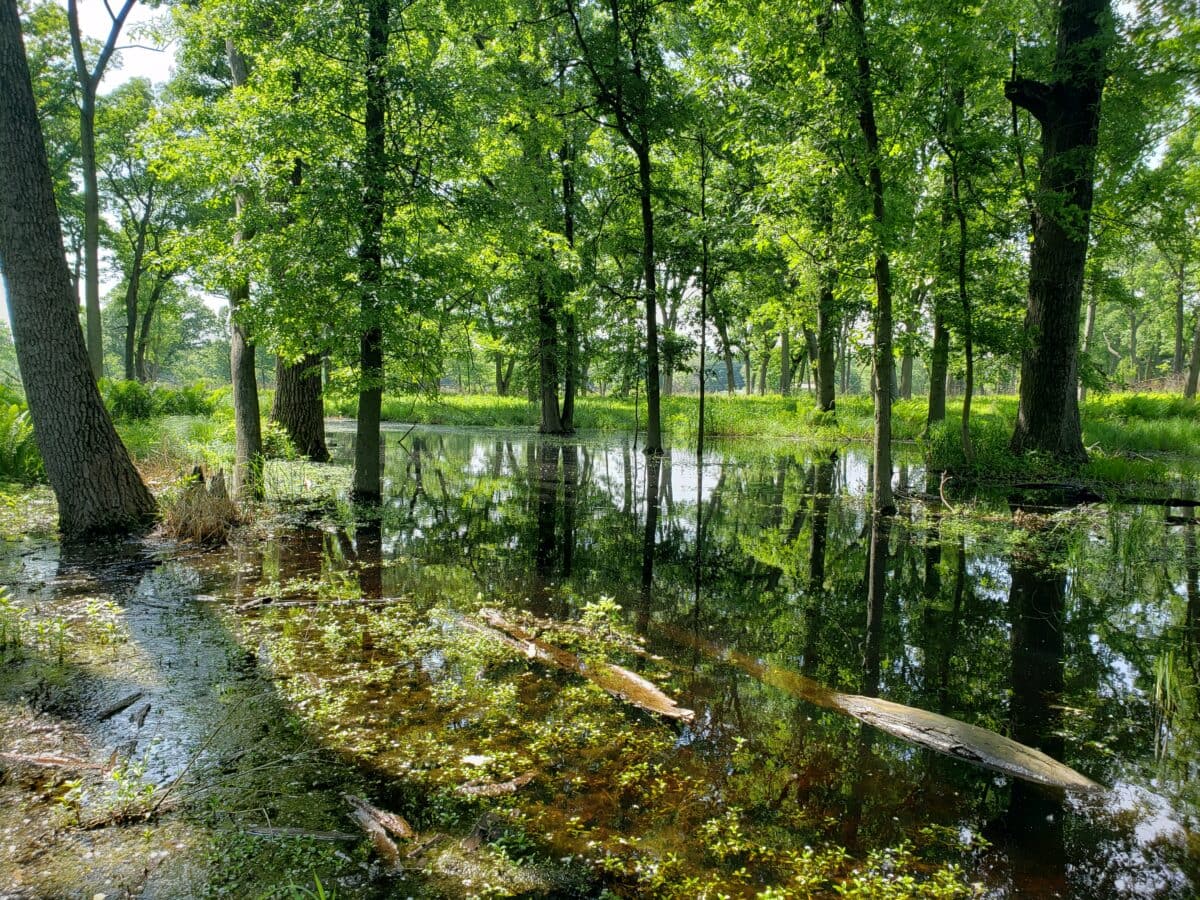
Water Quality
The vegetation in wetlands act as water purifiers. This vegetation slows the water enough so that sediment and chemicals in the water can settle to the bottom. As the water is cleaned the plants absorb the chemicals that are released. The plants then convert the chemicals to nutrients that are eventually passed onto animals in the ecosystem. The ability of wetlands to recycle nutrients and to take suspended materials and chemicals out of the water is a critical value and unique function.
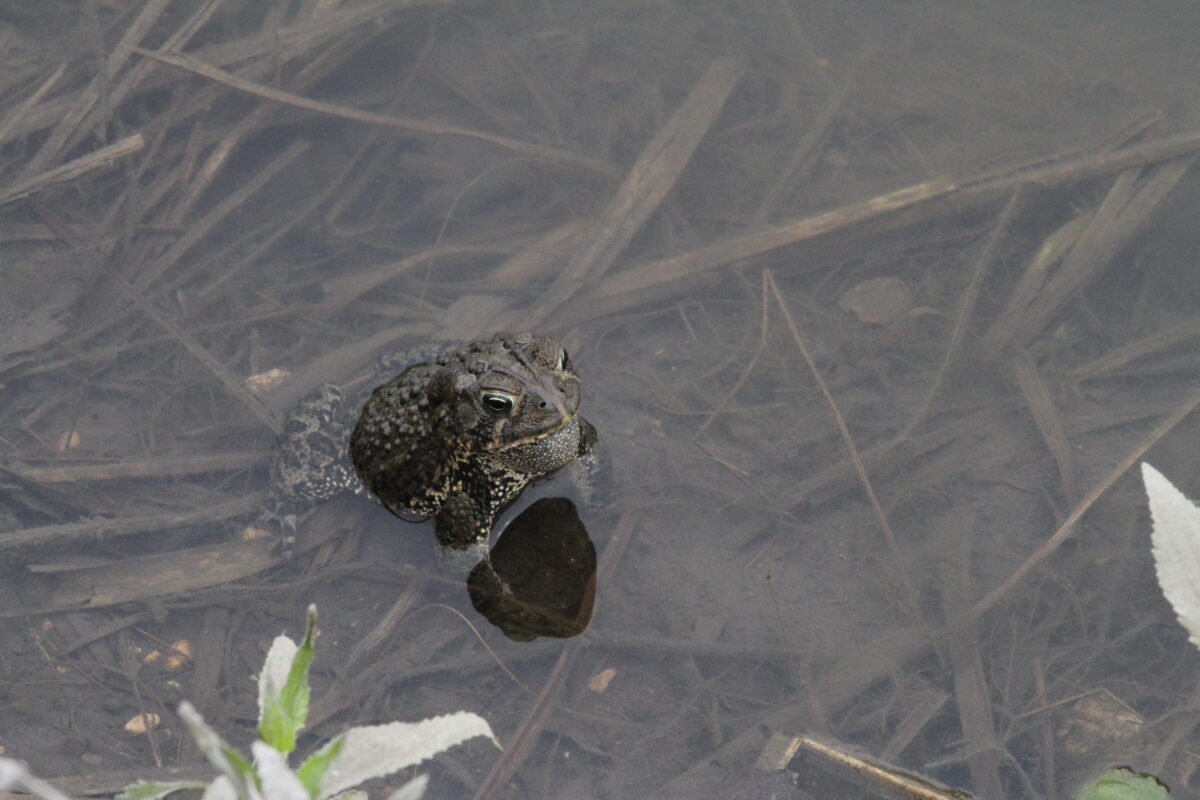
Disease Prevention
Wetland value information provided by NRCS: Natural Resources Conservation Service
